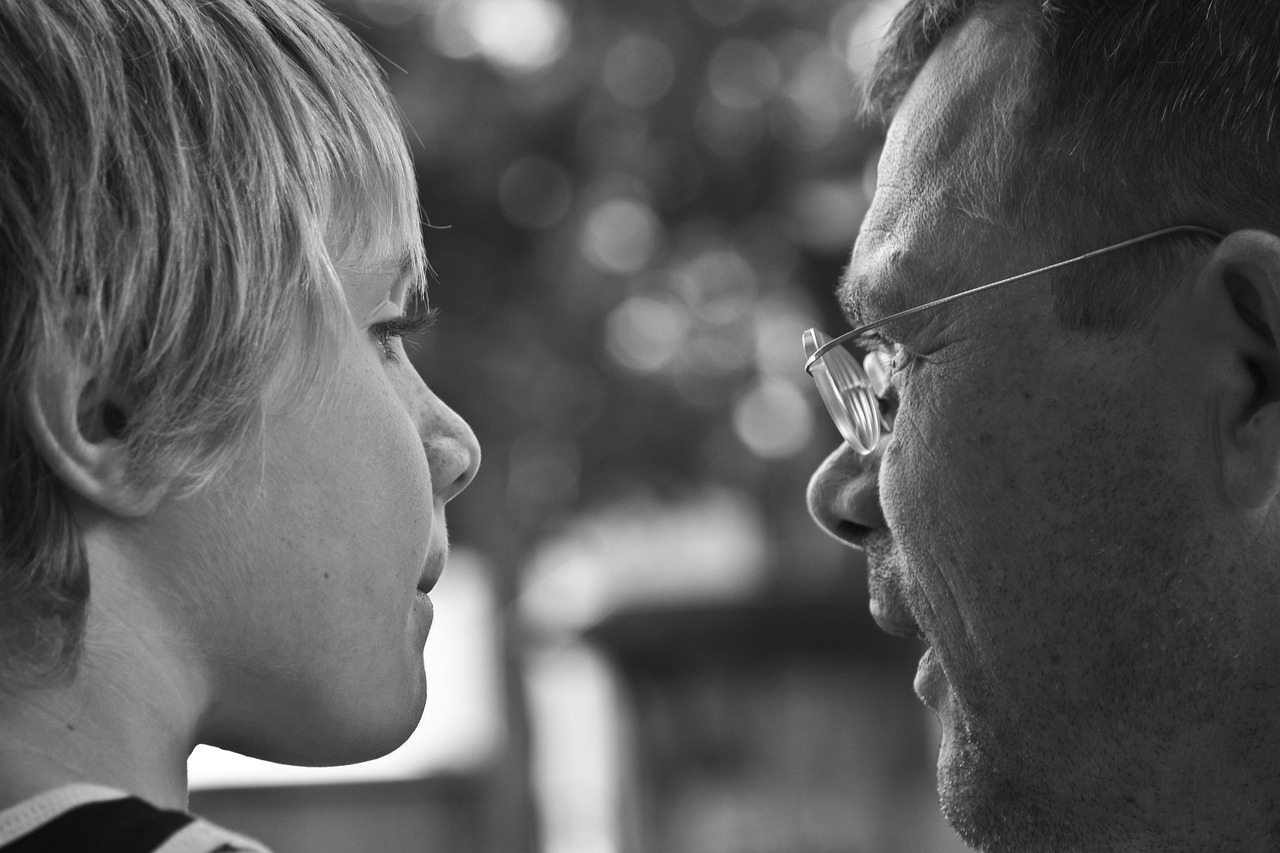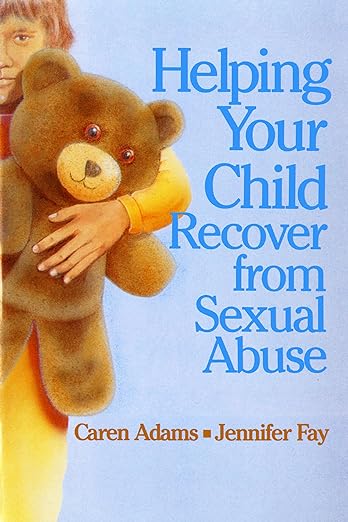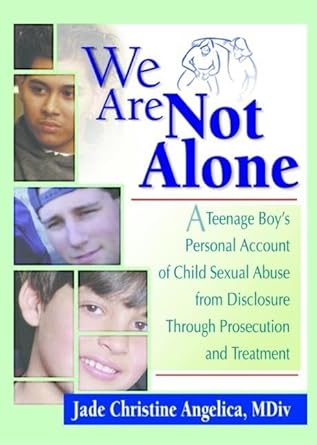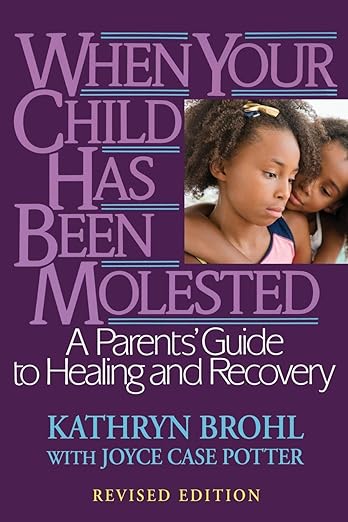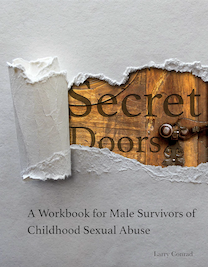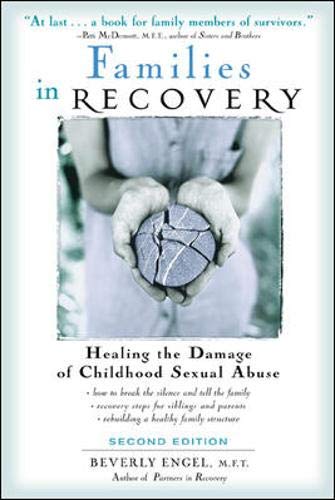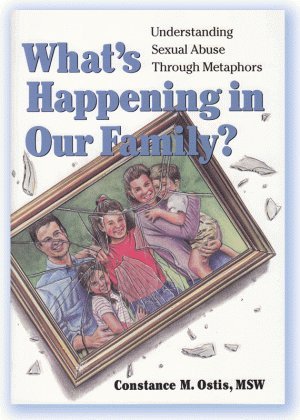What should I do if I suspect my child has been sexually abused? Stay Calm.
If you suspect your child has been sexually abused, start by staying calm and carefully considering your approach to the problem. Remember that your son needs people who are safe and reliable, and as a parent, your focus should be on providing love, support, safe opportunities for conversation, and maintaining a healthy environment at home. Address any issues hindering these priorities as urgent concerns, as child protection authorities would insist.

While being well-informed is beneficial, it's crucial to recognize the boundary between your parental role and the professional role of your son's counselor or therapist. Professionals possess the training and experience necessary to guide your son's recovery at the right pace. Avoid 'triangulation,' where your son receives conflicting information on the same subject independently from you and his counselor. This situation can lead to confusion, fear, and distrust, undermining his confidence in adults' ability to help him.
Below are some general guidelines on how to navigate this challenging situation:
Encouraging Open Communication
Encourage open communication with your son. Express concern, assure him of your support, and emphasize the importance of sharing what's troubling him. Make it clear that you'll persist until the issue is clarified, even if he doesn't respond immediately.
Be Patient
Be patient as he speaks. Abused boys may want help but feel ashamed, guilty, and fearful of judgment. They might lack the understanding or vocabulary to provide a clear account, preferring indirect hints through behaviors or comments. Warning signs often serve as their way of signaling distress, allowing them to gauge adult responses. Despite seeming rambling, resist interrupting for clarifications. Let him express himself, and proceed accordingly.
You're Not Alone
Explore resources for caregivers through child protection hotlines. Access instant information from our recommended books. Dedicated websites like 1in6, MaleSurvivor, Pandora’s Aquarium, and RAINN focus on sexual abuse information. Local support groups and confidential discussion forums offer opportunities for sharing experiences and ideas. If the issue involves an institution, seek guidance from someone within that organization, such as a school, faith community, or sports team.
Safety Protocols
Child safety concerns are paramount. Institutions your son is part of should have effective child-safety protocols and staff training. Absence of protocols, reluctance to provide confirming information, or indignation when questioned are red flags. Immediate removal of your son is necessary until the matter is clarified.
Urgent Signs
Certain warning signs demand urgent attention. Eating disorders like anorexia and bulimia can be life-threatening if not addressed promptly. Any indication of suicidal thoughts or planning requires an immediate response. Dispelling the myth that talking about suicide is a plea for help is crucial; such talk often signifies a desire to end pain. In all these cases, prompt intervention and professional support are essential, even if the root problem is not yet clear.
Remain Calm
If sexual abuse concerns are confirmed, it's normal to initially panic. Remember that the impact varies among children, and counseling is crucial, offering numerous options based on your son's needs. Early detection and intervention pave the way for healing and improve recovery prospects. While counseling takes time, many abused boys overcome their issues, leading happy, productive lives as adults.
No Secrecy
Despite understandable reasons for avoiding involvement with authorities, it's not in your son's, family's, or community's interest. Abusers thrive on secrecy, relying on others to keep it. Enforcing secrecy involves harmful lies, threats, and manipulation. In many countries, including all U.S. states, professionals working with kids are mandatory reporters, legally required to report suspicions of child abuse promptly. Agencies follow strict protocols, ensuring confidentiality while addressing child welfare.
Changing Priorities
Dealing with sexual abuse demands a long-term commitment due to prolonged legal proceedings and extended counseling needs for your son. His welfare is the top priority, leading to potentially tough decisions, such as a break from school if coping issues arise. Effective support requires good self-care from you and other adults, serving as positive role models. Expect disruptions to your routine and reduce non-essential commitments while prioritizing adequate sleep, proper nutrition, and personal downtime.
It's OK to Feel
A host of emotions arises in reaction to sexual abuse. These typically include anger at the perpetrator, frustration with the authorities and official formalities, shame, guilt, and feelings of betrayal, helplessness, and powerlessness. It’s important to come to terms with these feelings, rather than suppress or deny them, even though you need your emotional resources to support your son. It is just good sense, and not a sign of failure, if you acknowledge that you too may benefit from some professional support.
